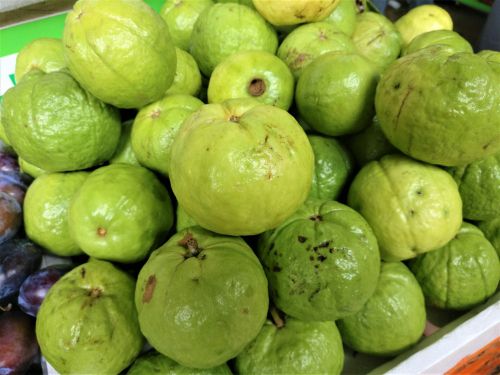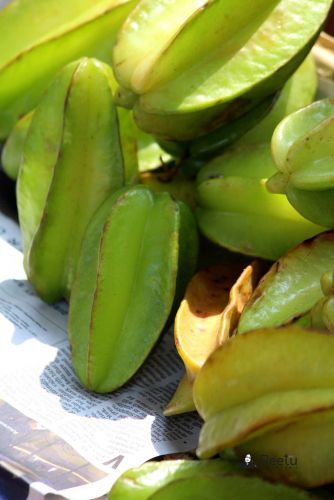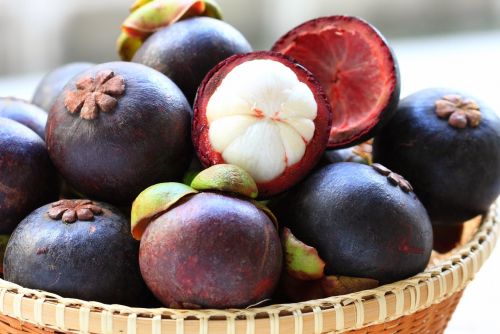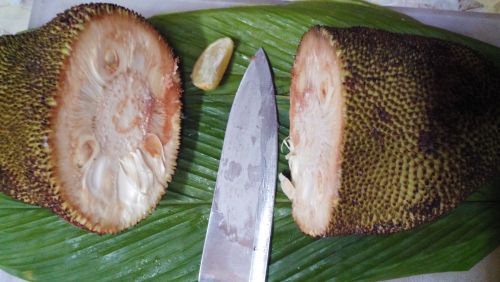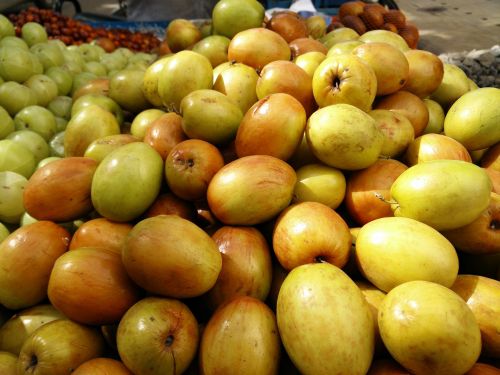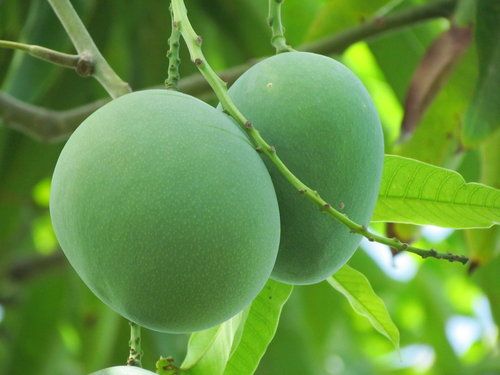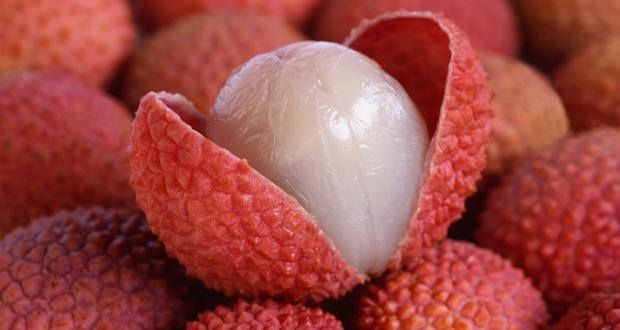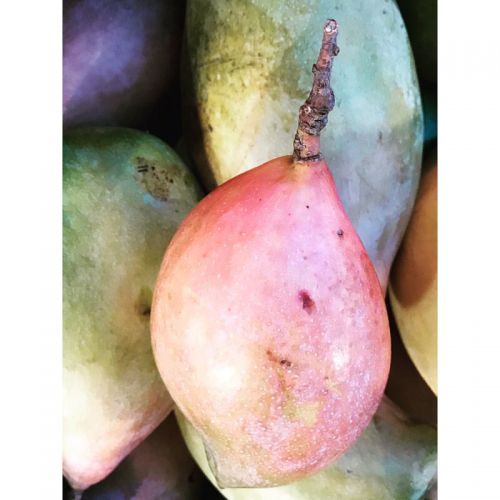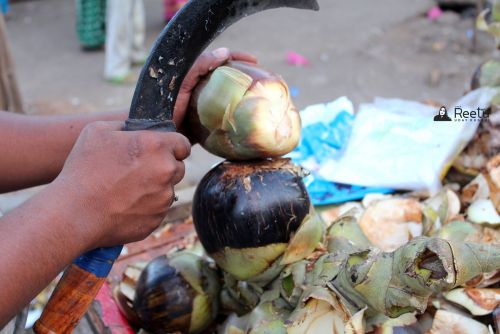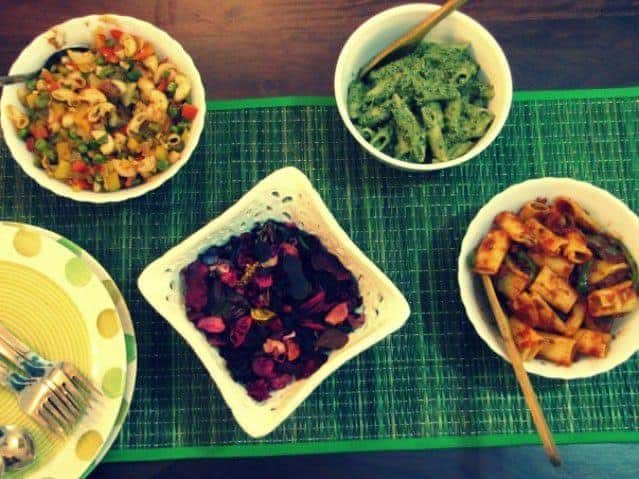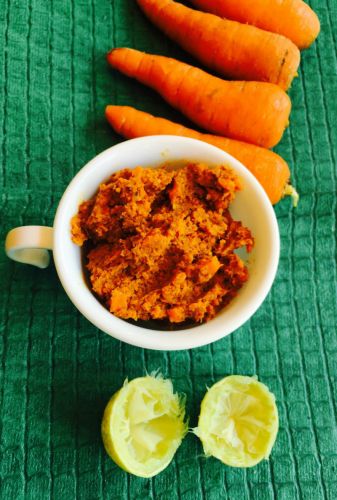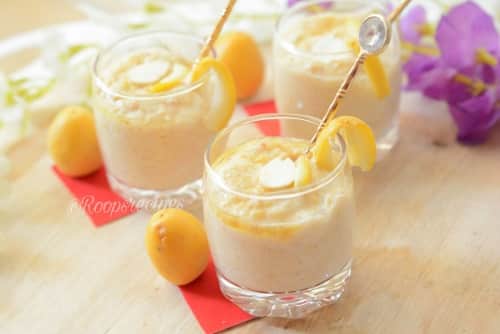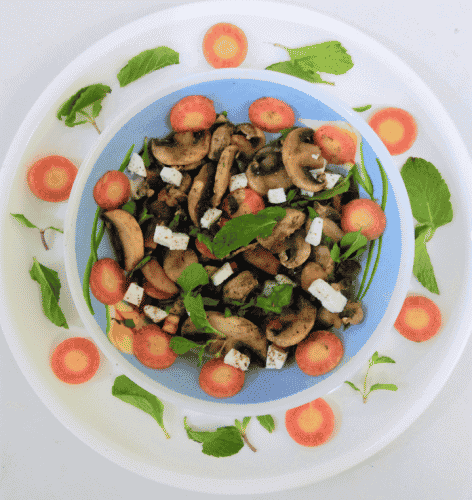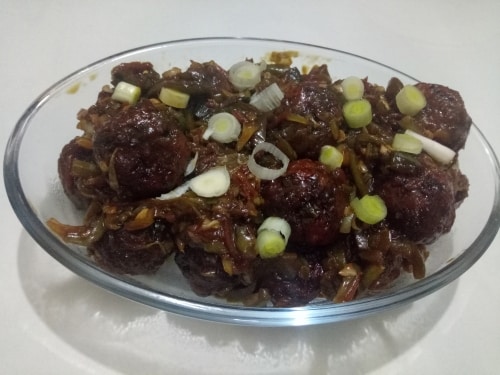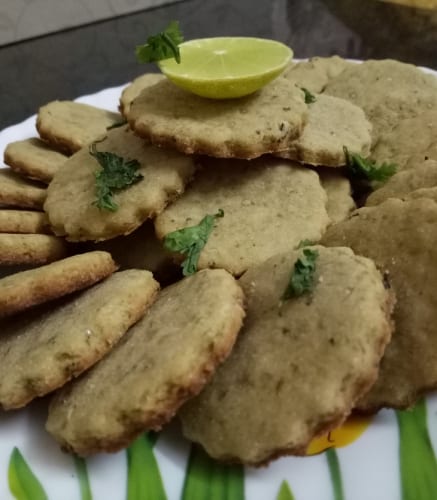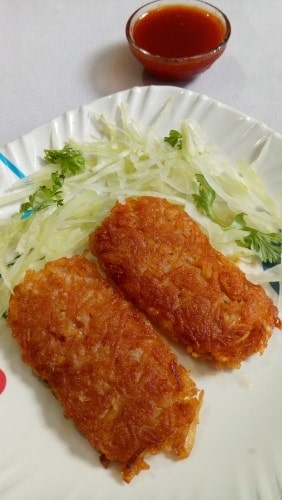15 Indian Fruits Which Are Exotic To The World
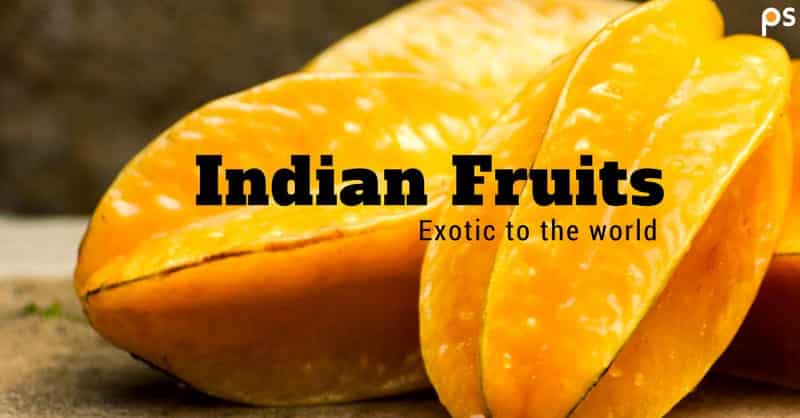
When we hear of fruits with unique names like longan, persimmon, dragon fruit or Buddha’s hand, we think that there is not much in India and one needs to travel a lot or pay a hefty amount in world-class supermarkets to enjoy these delicacies. Don’t feel hurt that India has nothing exotic. Do you know this same country is one of the largest producers of fruits?
After hearing this you would surely look for the list of fruits which are produced in India and because of their uniqueness, they have to be exported from India to rest of the world to enjoy. We will make you feel proud right away by sharing the list of exotic fruits which India proudly produces.
Here we are going to highlight 15 fruits native to India but exotic for the world.
Wood Apple (Bael): Traditionally in India, this was called as Poor’s man food but now this humble bael is one such fruit, the world is crazy about. The fruit with the tough exterior and soft insides resemble a hard green ball and you can actually use it for bowling. Just kidding. This is a sacred fruit, believed to be associated with Lord Shiva.
Health benefits: It contains Protein, Fibre, Iron, Vitamin C which helps to relieve constipation, indigestion, peptic ulcer, piles, respiratory problems, diarrhoea, and dysentery. It also boosts the immune system and increases milk production for nursing mothers.
Enjoy eating – You would need a hammer to crack the rind but the ripe bael fruit is soft and juicy and is best enjoyed as cool and refreshing bael juice or as delicious wood apple milk; the unripe bael is sour and made into chutneys. Have you tried Bael Ice-cream? Here’s the recipe –
Guava: The same fruit which is grown in the backyard of most of the Indian houses and kids trying to pick or rather steal it from neighbor’s house than buying it. This fruit has emerged more as a snack taken with spices rather than a humble fruit. Mildly sweet and refreshing, it is often considered a substitute for the apple. It has three growing seasons in India (winter, monsoon, and spring) which means more fruit for the world. Allahabad in India is one such region where Guavas, grown are red in color from inside because of the soil. So if you happen to visit this spiritual city, don’t forget to try the red Guava.
Health benefits: Guavas contain Vitamin A, Dietary Fibre, Vitamin C (more than oranges which are considered as the best source of vitamin C), Potassium, B-complex vitamins. It improves metabolism and so add it to your meal as a snack and it will help you in weight-loss too. Guava seeds have lots of fiber and if eaten helps in constipation.
Enjoy eating: Slice it up, sprinkle some light spices like black salt, red chili powder and chat masala and you have a great healthy snack. Preserve it as jam or jelly
Tamarind: Tamarind is heaven for the connoisseur of good taste and is religiously kept in every Indian kitchen, with a perfect balance of sour and sweet, it is an essential for the Indian cuisine. A semi-arid tropical plant, tamarind is found almost round the year due to its mass cultivation throughout the country. The world is crazy about this exotic fruit because of its culinary usage as it adds the tanginess in every dish providing a unique zesty flavor.
Have you tasted a raw tamarind straight from the tamarind pod?
Health benefits: It is one of the ancient foods and has been used as medicines traditionally as a laxative, helps in digestion, No wonder every Indian kitchen has this medicine and is generously added in most of the dals and curries.
Enjoy eating: From candies to chutneys and pickles to the flavored water of panipuri, tamarind is consumed in innumerable delicious forms. Imli or Tamarind Chutney is always a side of traditional North-Indian plate whereas a lot of rice preparation in south India involves tamarind.
Starfruit: Yellow in color, star fruit slices look star-like and are also tasty. With a citrusy taste resembling plums, everything is edible about this fruit. Starfruit is available all year round in India, and can be made into delicious desserts, ice creams, pickles, sauces and curries or maybe eaten as it is.
Health benefits: It’s also a good source of carbohydrates, dietary fiber and vitamin C. Help protect the mucous membrane of the colon, develop resistance against infectious agents and scavenge harmful pro-inflammatory free radicals from the body,
Enjoy eating: Other can making delicious desserts, ice creams, chutneys or curries; try this wonderful easy to make Starfruit chat
Mangosteen: Sweet and tangy pearly white flesh inside a blood red tough exterior, describing its taste R.W. Apple wrote in a New York Times article, “I could tell you the flavour reminds me of litchis, peaches and Clementine mingled in a single succulent mouthful, but words can no more describe how mangosteens taste than explain why I love my wife and children.” Mangosteen grows in four areas of India, as all of them are tropical, have high humidity and decent rainfall: Nilgiri hills, the southern districts of Tinnevelly and Kanyakumari in Tamil Nadu, and Kerala, twice a year: April to June and July to October.
Health benefits: Contains antioxidants, calcium, iron and fibre; Mangosteen is used for diarrhoea, urinary tract infections, gonorrhoea, tuberculosis, menstrual disorders, cancer, osteoarthritis, and dysentery. It is also used for stimulating the immune system and improving mental health.
Enjoy eating: Other than taking the fruit fresh, you can also try mangosteen ice creams, martinis, jams and preserves, sorbet and salad.
Sapodilla: Extremely sweet with the flavor of a caramelized pear, it’s a perfect fruit for dessert. Sapodilla season occurs twice in a year: from January to February, and again from May to July.
Health benefits: Sapodilla contains Sucrose and Fructose, natural energy boosting sugars, Antioxidants, vitamin C, A and E, Calcium and Iron. It helps relieve constipation, possesses anti-inflammatory, antiviral, antibacterial, and antiparasitic effects.
Enjoy eating: Ripe sapodillas give a marzipan experience to the taste buds; it can also be made into bread, muffins, pancakes, jams, pies or milkshake.
Jackfruit: This huge fruit has a wonderful taste and can be used both unripe and ripe in both sweet and savory preparations. Everything is edible about this fruit other than the outer shell. It is predominantly a summer fruit.
Health benefits: properties of jackfruit includes simple sugars, sucrose, and fructose, that are easily digested, Vitamin A, B-complex vitamins and vitamin C, Pyridoxine in ripe form and Calcium, Fibre, Folate, Iron, Magnesium, Manganese, Phosphorus, Potassium, Sodium, Vitamin C in the unripe form.
Enjoy eating: Jackfruit seeds can be dried and used in curries, dals, and other savory preparations, the unripe jackfruit flesh is often made into delicious Indian curries with spices and taken with rice, and its meaty texture makes it a brilliant component for a spicy curry. The ripe jackfruit can be eaten as it is and can also be made into ice creams or shakes. Jackfruit chips are also a famous snack in India.
Jujube berry: Small berries that grow in clusters, a low-calorie fruit comes power-packed with nutrients, vitamins, and minerals. Also a typical summer crop, jujube berry grows under warm sunlight.
Health benefits: It has wide ranged health-giving properties due to the nutrients it packs; Vitamin C, Vitamin A, Vitamin B1, Vitamin B2, Potassium, Iron, Manganese.
Enjoy eating: These berries being extremely delicious can be tried in many ways including sweet sauces or pickles, in curries or take down an entire batch with a spicy mixture of salt and paprika, but remember not to gulp the seeds!
Sugar Cane: This tall bamboo like crop is another nature’s wonder. Hard and rough on the looks but crush the inner pulp and you get the sweetest nectar on earth. Grown under tropical conditions especially in the state of Punjab, sugarcane is the major source of commercial sugars and sweeteners.
Health benefits: Sugarcane juice is a great rehydrating agent containing a large amount of glucose and antioxidants. It provides instant energy along with a cooling effect.
Enjoy eating: Given you have strong teeth, you can tear along the green exterior and crush the inner fibrous pulp into juicing, all in your mouth, or just go to a vendor and have a chilled glass of sugarcane juice to beat the heat in a delicious way.
Young coconut: Just like the sugarcane, the young coconut too is filled with surprises. Break through the hard, outer green shell and you find sweet coconut juice. Also a summer fruit, coconut is considered the fruit of The outer shell is often handcrafted into ropes, baskets and what not. With such a fruit, you just don’t know what to waste!
Health benefits: Coconut juice has extremely high rehydrating properties and contains glucose, potassium and sodium.
Enjoy eating: Drink up the water using a straw and break the shell in two and you find sweet and smooth milky coconut meat; a texture you never lose craving for. Both coconut water and the soft flesh can be used to make delicious curries and sweets.
Green Mango: If mango’s the king of fruits, the green mango must be the prince. The green mango finds places in many literatures for its absolute piercing taste. Typically a sour fruit, a stage reached during monsoons or earlier in summers i.e. exactly before it ripens to be a sweet fruit, green mango is liked equally by birds, animals, and humans (especially children).
Health benefits: It contains Vitamin A, C, and Fibre. In India, green mango is used as a medicine for various gastrointestinal, bilious and blood disorders.
Enjoy eating: Eat raw with a spicy blend of red paprika and salt, it can also be made into delicious jams, sauces, pickles, and curries. Try this instant mango pickle recipe
Lychee: A very common fruit, the ripe lychee is a very sweet fruit with a brilliant white juicy flesh about a large shell and enclosed by a rough skin. Very small in size, lychees can be taken in a bunch. It is also a tropical summer fruit needing monsoon showers to bloom.
Health benefits: It is a good source of Vitamin C, Oligonol, and Copper. It has a very low calorie and is considered very important in Chinese medicine.
Enjoy eating: Eat it straight out in a bunch, or make desserts, juices, and ice creams; it’s never going to fail you.
Plantain: Plantains are also called culinary bananas and are very starchy and not sweet, unlike common bananas. Always used after undergoing a cooking preparation, plantains require no pollination to grow. Plantains are also available round the year in India.
Health benefits: It is a great source of starch and energy, dietary fiber, Vitamin C, potassium and Vitamin A.
Enjoy eating: It cannot be eaten raw but can be made into delicious crispy chips or as an ingredient in curries or as a substitute of the starchy potato.
Indian Mangoes: Indian mangoes are the sweetest of the kind, especially the famous Alphonso Grown under heavy monsoon showers and warm climate, it is widely produced in western and southern parts of India and mostly exported worldwide in a huge quantity (so huge that there is a dearth of Alphonso mangoes in the local Indian fruit market.) Rightfully known as the king of fruits for its sweetness, richness and flavour.
Health benefits: Rich in vitamin A, B, C and dietary fibre. It prevents cancer (antioxidant compounds in mango fruit have been found to protect against colon, breast, leukaemia and prostate cancers), lowers Cholesterol, clears the Skin, improves eyesight, alkalizes the body, promotes sexual health, improves digestion, and helps fight heat stroke.
Enjoy eating: Eat it ripe as a healthy tasty dessert or make it into sauces, jams, pickles or even ice creams; the sweet mangoes are always the best everywhere!
Sugar-palm-fruit: Sugar palm fruits are typical summer fruits, grows in many places in India. The ripe fruit contains an orange or yellow colour pulp, which can be made into snack items. The sweet juice of the Sugar palm tree is called Toddy and is used in the preparation of Palm jaggery. Almost every part of this tree is useful to mankind. The top section of the fruit is cut off to disclose the two or three sweet jelly seed sockets and these seeds are very cool and sweet (dates). It can be considered nearby to the holy coconut.
Health benefits: It is natural coolant, contains Vitamin A, Vitamin B and Vitamin C,
rich minerals like zinc, potassium, iron and calcium, antioxidant and anti-inflammatory properties. The seed juice is used as a tonic, laxative, for treating ulcers and liver problems.
Enjoy eating: It’s used to prepare different types of drinks, pancakes and dishes with the pulp. The yellow or orange coloured ripened fruit can be eaten raw, roasted or boiled. Matured palm fruit juice will be used in making pancakes with thick cow milk. The sweet seed sockets are the inspiration for some sweets prepared in West Bengal. The fresh seeds have soft pulp and in the middle stage, these seeds are little crispy and sweet to taste. Or just some superior flavoured ice cream. On your next trip to Kerala, don’t forget to sip toddy as booze.
Wherever we may be in the World’s whatever ranking, we have enough delicious answers to help solve the world’s starvation problem.
References : Link1, Link2, Link3, Link4, Link5, Link6, Link7
